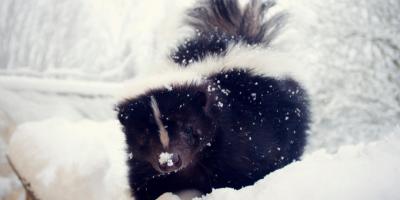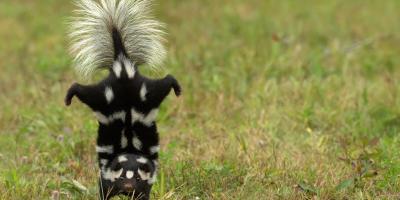Not All Squirrels are Created Equal
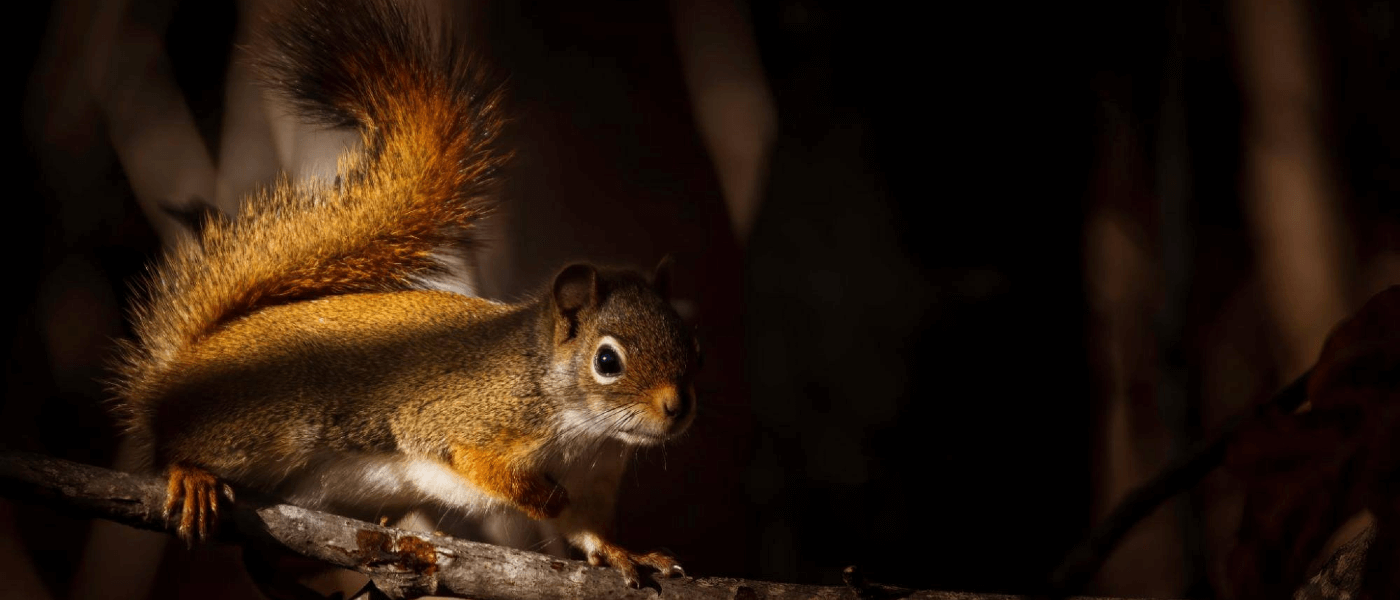
Some people love squirrels and with good reason. Their fluffy tails and inquisitive expressions make them entertaining to watch and, from an ecological perspective, they do play an important role. Their natural behavior of gathering and burying nuts and seeds results in new plant and tree growth, which is beneficial for the environment.
However, for most homeowners, their tolerance of squirrels is tested as soon as they come too close to home. Yours, that is.
We’ve all heard of squirrels in the attic; however, a “squirrel invasion” only tells half the story because the squirrel is only partially identified. We actually have four species of squirrels living in New England: gray, red, northern flying, and southern flying.
As pest management professionals, we know how important it is to distinguish one species from another as they all come with their own tricks and tests. For homeowners, the most critical difference comes from the amount of damage each species will do to your home -- and the size of the bill that results from removing them and remediating any resulting damage.
The Specifics of New England’s Squirrel Species
Of the four species of squirrels common to New England -- gray, red, northern flying, and southern flying -- identifying exactly which one is on your property is important in order to understand the associated threat should they enter your home.
Gray squirrels
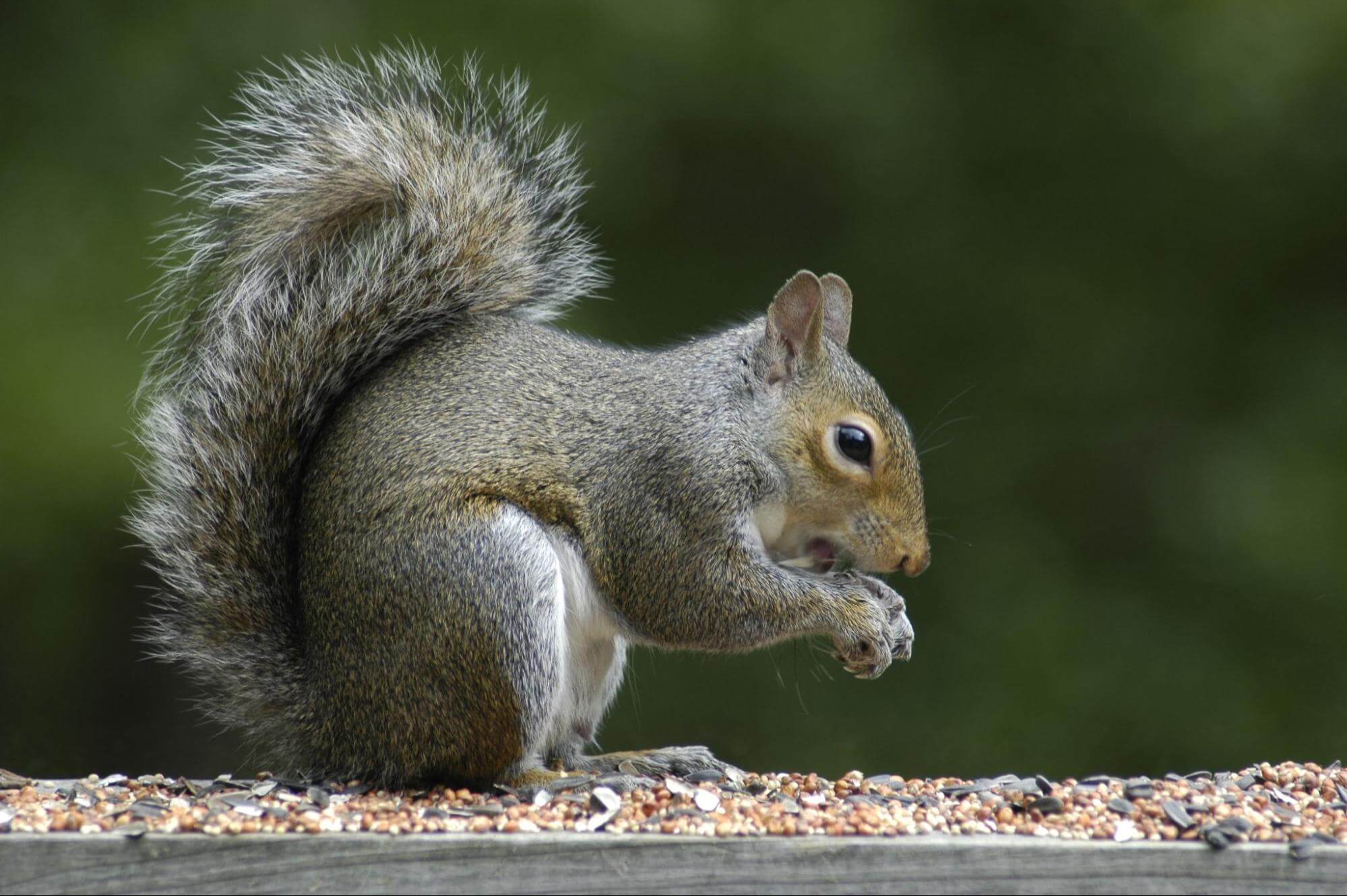
The Eastern gray squirrel is immediately recognizable by its big, bushy tail. Typically, gray squirrels grow between 18-20 inches in length and weigh between ¾ and 1 to 1.5 pounds. This species of squirrel is used to living near humans, which is why they are commonly seen in neighborhoods and city parks. They like to nest in tree branches and tend to build their nests from twigs, which they then line with grasses or bark -- some gray squirrels like sweets and will strip bark to taste sap.
Gray squirrels breed in the late winter months, specifically December through January, with their first or “winter born” litter born in March, followed by a second or “summer born” litter in the late spring or early summer. Each litter usually features 2-3 young. Gray squirrels are diurnal -- meaning they are active during the day and typically quiet or resting at night.
Knowing this can help you identify the type of squirrel in your house. If you hear scratching and scampering noises during the day, you might have a gray squirrel situation. During mating season, it’s even possible to hear them chasing each other around. Those noises also indicate the kind of damage gray squirrels can do to your home. Between chewing through electrical wires, soiling the insulation and gnawing on wooden beams, left unchecked, gray squirrels can cause considerable -- and potentially costly -- damage to your home.
Red squirrels
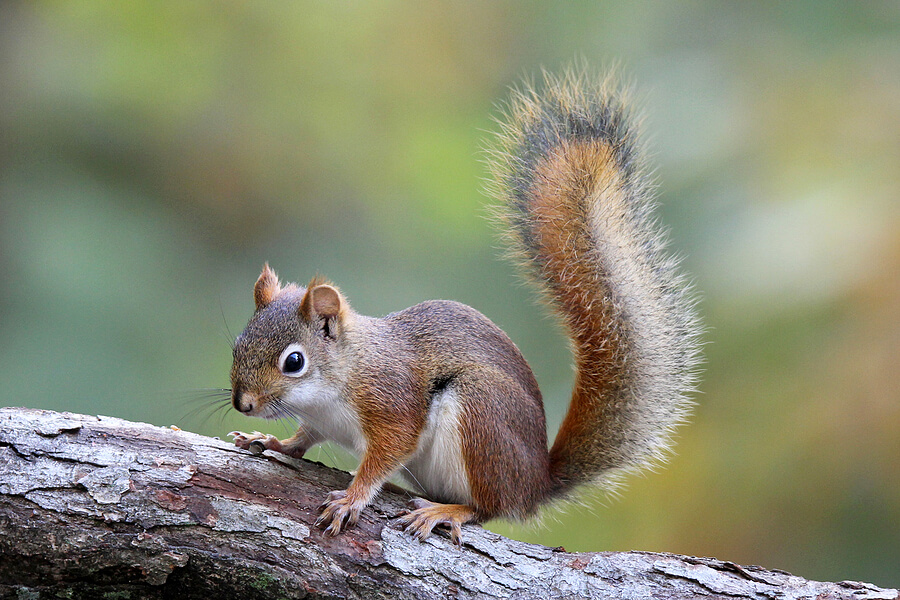
Much smaller than the Eastern gray squirrel, red squirrels measure approximately 12 inches and are recognizable by the thick, white ring around their eyes. Unlike the gray squirrel, red squirrels will nest in spots close to the ground, including logs and tree hollows. Red squirrels tend to keep to coniferous forest environments and are not as commonly seen near city spaces or suburbs.
Late winter is the mating season for red squirrels with litters born during March and April, typically ranging from three to seven babies. Similar to gray squirrels, red squirrels are active during the day, particularly during the early morning and late afternoon hours. Known for being very vocal, red squirrels can be quite noisy and communicate via trills and various pitched notes; however, they are also rather solitary -- only the mothers and their young spend significant time together.
Solitary or not, one red squirrel in your home is too much as the damage they cause can still potentially be costly. In addition to damage, all squirrels can leave foul odors; their droppings and urine can result in exposure to diseases like salmonellosis, tularemia, and leptospirosis.
Flying squirrels
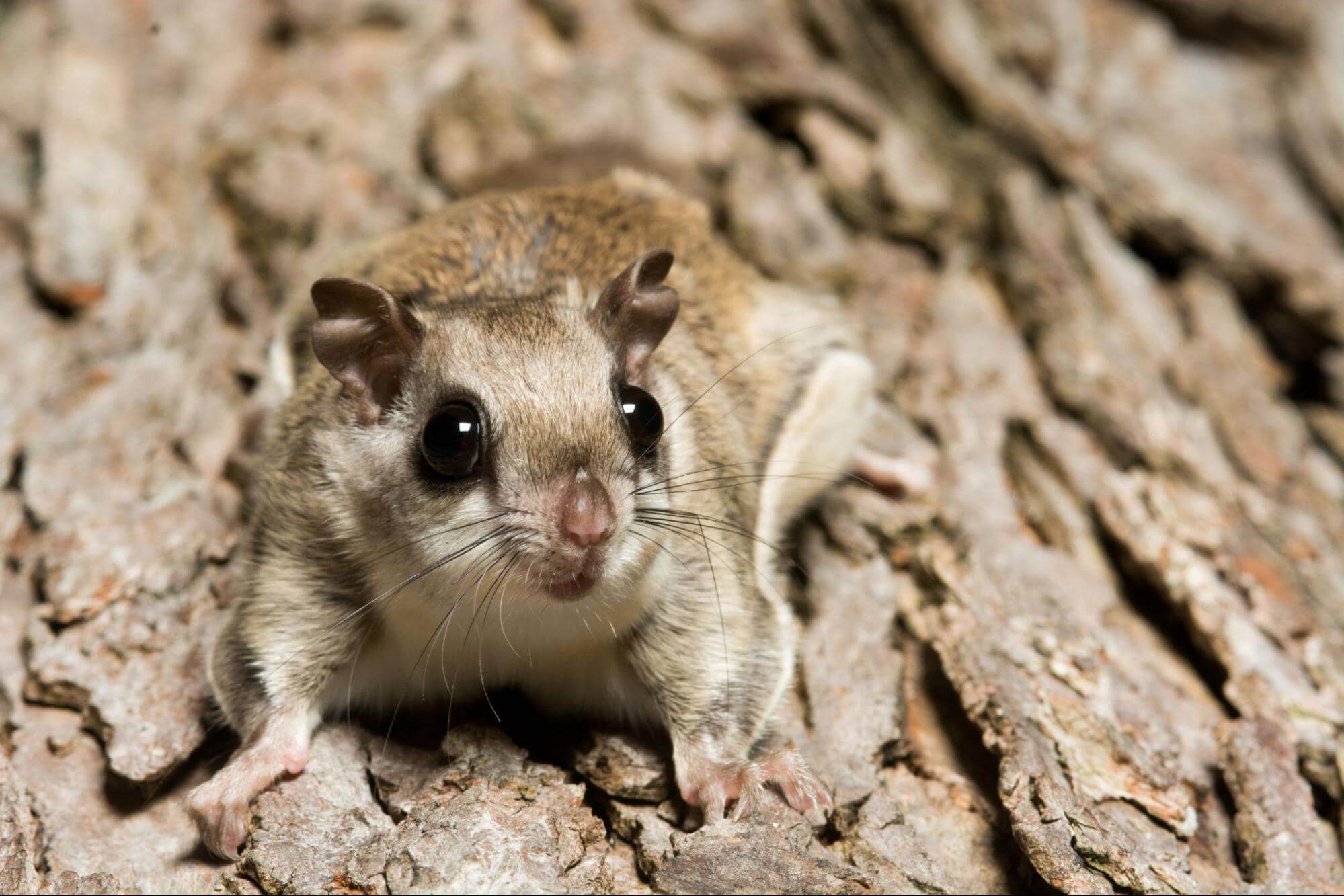
The northern flying and southern flying squirrels share many similarities. Spotting the difference between the two comes down to their belly color -- all white for southern flying squirrels -- and their size. Southern flying squirrels are generally smaller, and measure between 8-10 inches in length.
Another difference can be found in their mating habits. While northern flying squirrels only mate once each year, between March and May, with litters averaging between 2-4 young, southern flying squirrels mate twice between February and September and typically give birth to anywhere from 1-6 young.
Unlike the gray and red squirrel, flying squirrels are nocturnal in part to avoid daytime predators like dogs, cats and birds of prey. Where the red squirrel is more of a loner, flying squirrels will nest with as many as 20 other flying squirrels for warmth during the colder winter months.
While you need to worry about interior damages to your home’s insulation, electrical wiring, and structural integrity when it comes to gray and red squirrels, flying squirrels can also cause significant exterior damage to trim and siding when they attempt to gain entry into your home.
Leave the Squirrels to Us
Regardless of species, squirrels aren’t exactly sneaky. This is good news, because if you are living full-time in the home, you’ll know pretty quickly when the squirrels come marching in. And when they do, it’s important to call the wildlife professionals right away… otherwise, they’re not going anywhere.
That’s why our exclusion process proves so effective. Not only does it eradicate all species of squirrels but does so in a humane and harmless way -- to both the animals and your home, as permitted by individual state guidelines. Getting squirrels out of your house is really only half the battle; keeping them out is key. For that reason, our exclusion process also seals up all entry points to ensure that squirrels -- no matter the species -- cannot return.
As fun as feeding peanuts to squirrels in the park may be, you don’t want to be cleaning up acorns and nutty excrement from your attic insulation. Luckily, you’re partnered with wildlife professionals that have been ridding all kinds of pests from homes and businesses since 1925.
Before they drive you nuts, contact us today for a free quote, and receive $50 off your first service.*
*New services only. Restrictions and limitations may apply. Contact a customer support specialist for details. Offer valid through 6/30/2021.


